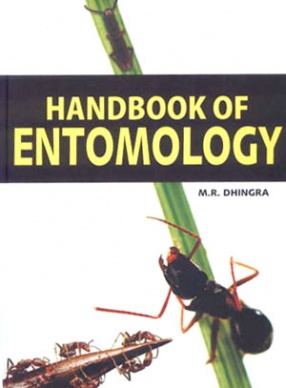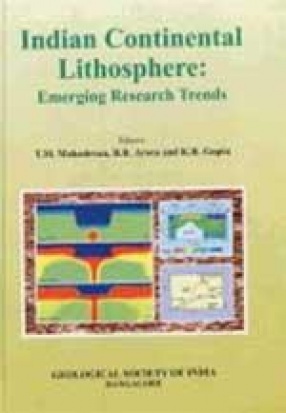The first point, is to regulation of water balance, which may be insulted by substantial loss or gain or water. Insects are generally small creatures, which tends to put them in an unfavourable setting with respect to the ratio of body surface area to body volume. The idea is to recognize a relatively large surface across which water can be lost by transpiration. It has been noticed that water loss across the body surface cannot be entirely stopped, however, if it were not restricted to a level that can be balanced by water uptake, insects would not survive in the more arid environments. The first line of defence was the development of a cuticle relatively impermeable to water. The outer layer of an insect is the integument, which is made up of the epidermis and the cuticle. The epidermis is the outer cell layer. The epidermis lies on a basement membrante. There are three major sections of cuticle, endocuticle, exocuticle and epicuticle. The endocuticle provides the extensibility of the integument and combines toughness with flexibility.
The uniqueness of this book hence lies in the author’s way of reconstructing the chapter under review by delving deep into the areas of the subject.





There are no reviews yet.